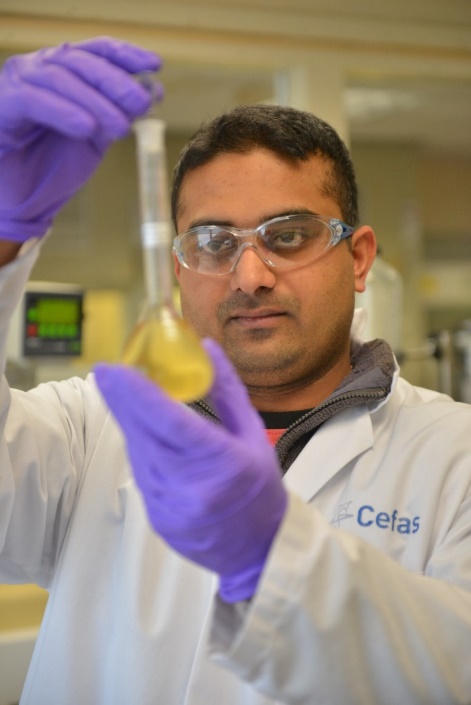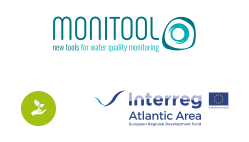MONITOOL Data Quality Assurance: a holistic view
The significant number of Diffusive Gradient in Thin films (DGTs) passive samplers and spot samples collected during the Winter and Summer Seasons campaigns were transported during 2018 to designated MONITOOL partner laboratories for the analysis of a range of heavy metals, including lead, cadmium and nickel, which are regulated under the EU Water Framework Directive.
IFREMER [1] was responsible for the analysis of DGTs, while the filtered spot samples were analysed by IPMA[2] using SeaFast inductively coupled plasma mass spectrometry (ICP-MS) and IST[3], using voltammetry. Each type of analyses was purposely carried out by one specific laboratory in order to minimise inter-laboratory variability and therefore limit analytical uncertainty that would be naturally higher if several laboratories were to carry out the same analysis on their respective samples.

Each partner laboratory responsible for the analysis of samples followed comprehensive and stringent Quality Control procedures to ensure that generated laboratory results are as accurate as possible and not subject to contamination from the laboratory itself. These quality control procedures do not however fully preclude the odd analytical errors or a contamination in a particular sample. Having analytical data generated by 3 different methods for each location gave the opportunity to have an additional and more holistic level of Quality Assurance.
With over 1,200 laboratory analyses completed by June 2019, Cefas[4] coordinated the review of the “raw” data generated by the three partner laboratories. For this, analytical results obtained for DGTs, spot samples by ICP-MS and voltammetry were compared in order to identify outliers across the 3 sets of data. Outliers were also evaluated within each set of data generated by a particular laboratory using “expert judgment” for water samples or by statistical means devised by IFREMER for DGTs. Where potential outliers were identified, each partner laboratory was tasked to double-check their raw data.
These treated datasets were subsequently distributed to each partner for final sound-checking of their own samples, applying their local knowledge of expected concentrations. Both “treated” and “non-treated” datasets were finally submitted to AZTI[5] who are now in the process to carry out the statistical analysis of both sets of results in order to establish whether a relationship between heavy metal concentrations in DGTs and spot samples can be defined.
[1] Institut Français de Recherche pour l'Exploitation de la Mer, France
[2] Instituto Português do Mar e da Atmosfera, Portugal
[3] Instituto Superior Técnico, Portugal
[4] Centre for Environment, Fisheries and Aquaculture Science, UK
[5] Fundación AZTI, Spain



